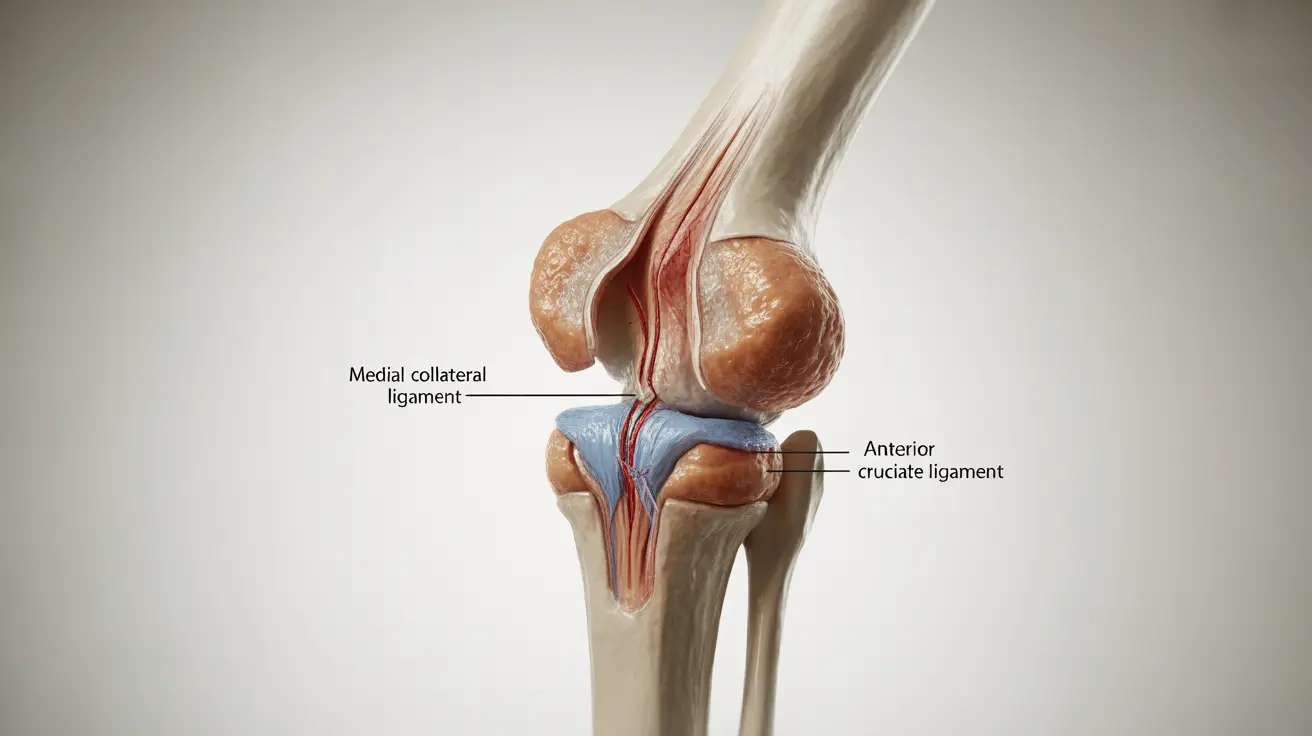A grade 1 meniscus tear represents the mildest form of meniscus injury, affecting the cartilage that cushions your knee joint. Understanding the recovery timeline and proper treatment approaches is crucial for optimal healing and preventing further damage. This comprehensive guide will walk you through what to expect during your recovery journey and how to manage your injury effectively.
While less severe than other grades of meniscus tears, a grade 1 tear still requires careful attention and proper management to ensure complete healing and prevent complications. The good news is that with appropriate care and patience, most grade 1 tears can heal without surgical intervention.
Understanding Grade 1 Meniscus Tear Symptoms and Recovery Timeline
A grade 1 meniscus tear typically presents with mild symptoms that may include:
- Mild pain around the knee joint
- Slight swelling
- Minimal discomfort during movement
- Some tenderness when touching the affected area
The recovery timeline for a grade 1 meniscus tear typically ranges from 4 to 8 weeks with proper treatment and rest. However, individual healing times can vary based on factors such as age, overall health, and adherence to treatment protocols.
Non-Surgical Treatment Approaches
Conservative treatment methods are usually highly effective for grade 1 meniscus tears. The primary treatment protocol typically includes:
RICE Method
The initial treatment phase focuses on the RICE protocol:
- Rest: Limiting weight-bearing activities
- Ice: Applying cold therapy for 15-20 minutes every 2-3 hours
- Compression: Using an elastic bandage to reduce swelling
- Elevation: Keeping the knee above heart level when possible
Physical Therapy
Physical therapy plays a crucial role in recovery, typically beginning after the initial pain and swelling subside. Your therapist will guide you through appropriate exercises to:
- Strengthen surrounding muscles
- Improve flexibility
- Restore range of motion
- Enhance stability
Rehabilitation Exercises and Progress
Once cleared by your healthcare provider, specific exercises may include:
- Straight leg raises
- Hamstring stretches
- Gentle knee bends
- Stationary cycling (when appropriate)
- Balance exercises
It's essential to progress gradually and avoid pushing through pain during these exercises.
Prevention and Risk Reduction
To minimize the risk of future meniscus tears, consider implementing these preventive measures:
- Maintain a healthy weight
- Practice proper exercise form
- Wear appropriate footwear
- Strengthen leg muscles regularly
- Avoid sudden directional changes during activities
Frequently Asked Questions
What are the typical symptoms of a grade 1 meniscus tear, and how long does it take to heal? A grade 1 meniscus tear typically causes mild pain, minimal swelling, and slight discomfort during movement. With proper care and treatment, healing usually takes 4-8 weeks.
How is a grade 1 meniscus tear treated without surgery, and what role does physical therapy play in recovery? Non-surgical treatment includes the RICE method (Rest, Ice, Compression, Elevation) and physical therapy. Physical therapy is crucial for strengthening muscles, improving flexibility, and ensuring proper healing through targeted exercises and techniques.
What are some common exercises or rehabilitation steps for grade 1 meniscus tears? Common exercises include straight leg raises, hamstring stretches, gentle knee bends, and eventually progressing to stationary cycling and balance exercises. All exercises should be performed under professional guidance.
Can a grade 1 meniscus tear be prevented, or are there lifestyle changes that reduce the risk of developing one? While not all tears can be prevented, risk can be reduced through maintaining healthy weight, proper exercise form, appropriate footwear, and regular leg-strengthening exercises.
What signs indicate that a grade 1 meniscus tear is not healing properly, and when should further medical attention be sought? Seek medical attention if you experience persistent or worsening pain, increased swelling, inability to bear weight, locking or catching sensations in the knee, or lack of improvement after several weeks of conservative treatment.




